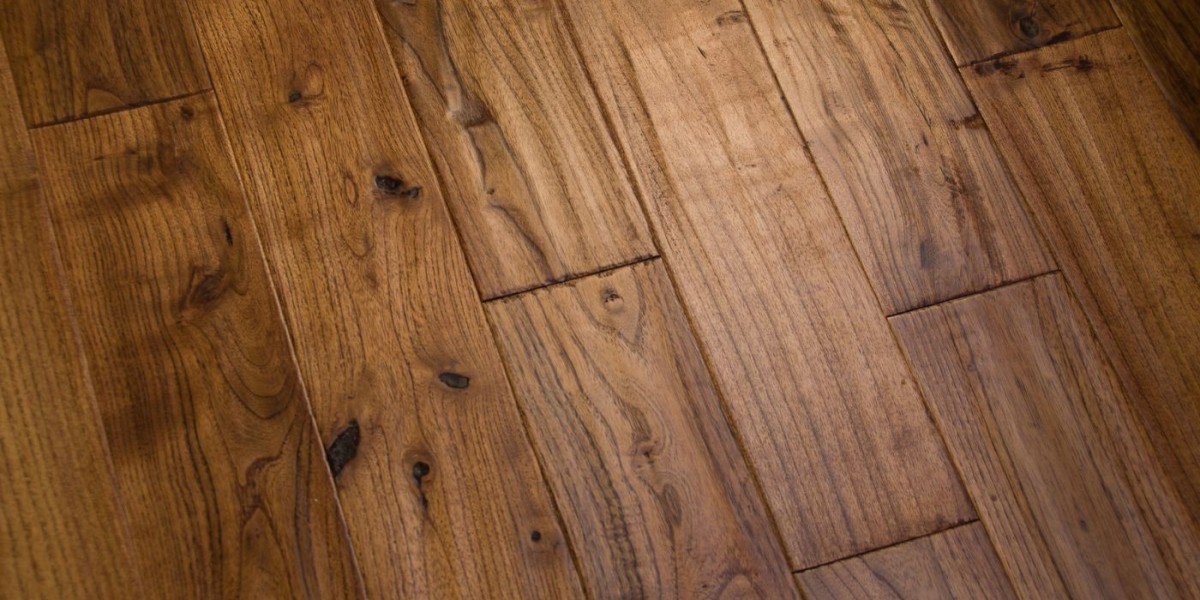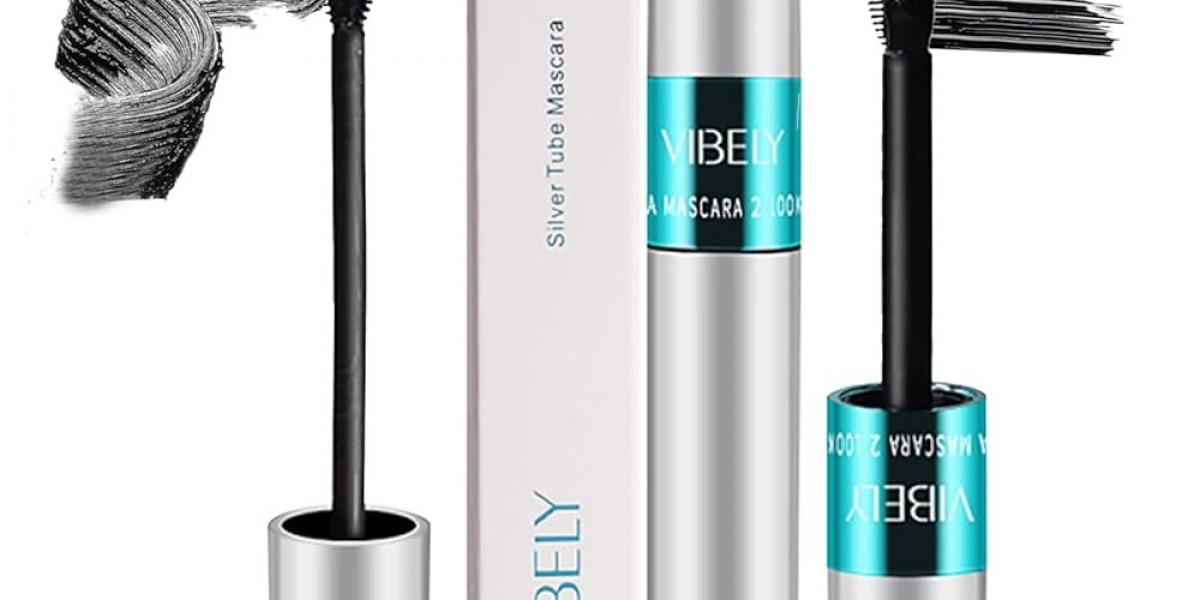You unlock the store, flip the lights on, and the first thing you notice is a jagged line across the lobby floor where the finish has peeled up like a small sheet of cardboard—or a thin crack running under the foot traffic like a fault line. Commercial flooring problems show up fast and in plain view. Beyond looking bad, cracks and peeling can create tripping hazards, water entry points, and liabilities that cost far more than a cosmetic fix. This guide walks you through immediate steps, how to diagnose causes, realistic repair options, and how to prevent a repeat—so you can act quickly and confidently, and get back to business.
Quick first steps: what to do immediately
Make the area safe. Block the affected zone with cones or signage to prevent slips and trips.
Document the damage. Take photos from multiple angles and note the date/time and conditions (e.g., recent storms, delivery of heavy equipment). This helps contractors and insurers.
Don’t patch blindly. Superglue, duct tape, or amateur troweling can hide underlying problems and make a professional repair more expensive.
Call professional hardwood flooring services. If your floor is hardwood, engineered wood, or veneer, a qualified team like D&T Hardwood Floors should evaluate the failure before you spend money on a temporary fix.
Understand the difference: cracking vs. peeling
Cracking usually refers to the wood itself splitting or separation between boards. Causes include dryness, structural movement, or manufacturing defects.
Peeling generally describes the finish or wear layer detaching from the wood or substrate. On engineered floors this may be the thin veneer separating, or on finished hardwood it could be the topcoat flaking off.
Both problems can coexist—moisture can make finishes peel and wood crack when it later dries.
Common causes for commercial floors
Moisture / vapor issues
Commercial slabs and substrates often hold moisture. If a slab emits excess vapor or a leak reaches the floor, adhesives fail, veneers delaminate, and finishes lose adhesion. Moisture is the single biggest cause of peeling in glued floors.
Incorrect adhesive or installation
Using the wrong adhesive for the substrate, or not following trowel and open-time recommendations, invites early failure—especially in high-traffic commercial settings.
Thermal and structural movement
Large temperature swings and heavy loads (commercial equipment, shelving) cause movement. If expansion gaps and transitions aren’t properly planned, boards can crack or edge-glue fail.
UV exposure and surface wear
Sunlight can degrade finishes over time, and commercial traffic abrades protective layers until they peel away.
Low-quality materials
Thin veneers, substandard finishes, or products not rated for commercial use will fail quicker. Always choose a product with a wear layer and finish rated for your expected traffic.
Diagnosing the cause: a practical checklist
A careful diagnosis guides the correct repair. Here’s a technician-style checklist you can use or expect a professional to run through:
Inspect patterns: Is the damage isolated or widespread? Is it near an exterior door, plumbing run, or heavy appliance?
Substrate check: Look for movement in the subfloor or cracks in concrete.
Moisture testing: Professionals use moisture meters, calcium chloride (MVER), or in-situ relative humidity tests to measure slab moisture. Acceptable ranges depend on the product, but if readings are high, stop and address moisture first.
Adhesive residue: Pull up a loose plank—does old adhesive remain on the slab or board? Adhesive crumbly or gummy indicates failure.
Finish assessment: Is the layer flaking like paint (finish failure) or is the wood veneer separating from a core (delamination)?
Repair options—matched to the cause
If the finish is peeling (surface failure)
Light peeling and surface wear: Screen and recoat with a commercial-grade finish if the wear layer is intact. This minimizes downtime and is the most affordable fix.
Extensive finish loss: Strip to bare wood, repair any damaged boards, and refinish with a high-performance commercial finish (UV-cured polyurethane or epoxy-urethane for heavy traffic).
If adhesive or veneer has delaminated
Localized delamination: Remove loose boards, clean substrate, verify moisture, and reglue or replace boards using the correct adhesive and application method.
Widespread delamination: Often indicates slab moisture or wrong installation—this usually requires removing affected sections, installing a moisture mitigation system or moisture-tolerant underlayment, then reinstalling.
If boards are cracked or split
Isolated cracked boards: Replace only the damaged planks—this is common and cost-effective.
Structural or movement-related cracking: Solve the underlying movement (add expansion joints, re-level subfloor, control humidity), then repair or replace floor sections.
When to replace entirely
Full replacement becomes necessary when structural substrate failure, pervasive moisture issues, or extensive material delamination exist. Replacing gives the chance to correct the substrate, choose a more suitable product, and use a commercial finish designed to last.
A real-world case study: retail boutique repair by D&T Hardwood Floors
Client: Downtown retail boutique (approx. 1,800 sq. ft.)
Problem: After a storm-driven roof leak and a slow-drying mop water incident combined with a prior glue-down installation, the shop developed peeling finish at the entrance and localized board delamination in the front third of the space. Customers reported loosened tiles and a visible curling edge that posed a trip hazard.
Assessment by D&T Hardwood Floors:
Moisture tests revealed elevated slab moisture near the entrance, and adhesive failure was evident where planks had separated from the slab.
The original installer had used a product not rated for slab-on-grade moisture and had not installed a proper vapor barrier.
Solution:
Temporarily closed the most affected area to customers and documented damage for insurance.
Removed the failing planks and remnants of old adhesive.
Applied a professional-grade epoxy moisture mitigation primer to the slab.
Installed engineered hardwood with a thicker wear layer designed for commercial use, using a moisture-tolerant adhesive and proper trowel technique.
Finished with a UV-cured commercial polyurethane for rapid curing and high abrasion resistance.
Outcome:
The boutique reopened sooner than expected because the finish cure time was short.
The owner reported improved confidence in durability; follow-up inspections at 30 and 90 days confirmed stability.
The preventive moisture mitigation avoided a larger future failure and extended the floor’s service life.
This case shows that diagnosis and substrate remediation are often more important than a cosmetic fix.
Preventive measures every facility manager should adopt
Maintain stable indoor humidity. Use HVAC, humidifiers, or dehumidifiers to limit extreme swings.
Keep entry mats and a maintenance program—dirt and grit abrade finishes.
Schedule regular inspections and routine recoating for high-traffic zones.
Avoid wet-mopping with excess water; use manufacturer-recommended cleaning products.
Install the right product from the start: choose commercial-rated materials, adhesives, and finishes.
Plan for expansion joints and transitions in large slabs and multi-room layouts.
How to choose a contractor for commercial repairs
When the problem is more than a shampoo-and-recoat job, call experienced hardwood flooring services. Use this checklist when hiring:
Proven commercial experience and references.
On-site diagnostic testing (moisture, substrate flatness) and a written remediation plan.
Insurance, warranties, and clear scope of work.
Ability to recommend traffic-rated materials and finishes.
Flexible scheduling to reduce downtime and protect business operations.
D&T Hardwood Floors provides commercial diagnostics and full repair planning—so you can get a reliable, results-driven quote and a clear timeline.
Cost considerations and downtime
Repair costs vary based on the root cause and scope. Expect a clear cost differential between a localized recoat or plank replacement and a full removal plus substrate remediation. When budgeting, include the cost of moisture mitigation and the value of minimizing business interruption; durable commercial finishes and proper installation often save money over the long run.
Frequently asked questions
Q: Can I patch a small peeled area myself?
A: For very small finish flakes, a professional touch-up product might temporarily improve appearance. However, DIY patches can hide substrate or moisture problems—get a pro assessment if you want a lasting solution.
Q: How soon should I call a pro?
A: Call as soon as you see progressive peeling, widespread cracking, or any lifting boards. Early intervention reduces repair scope and cost.
Q: Will a new finish prevent future peeling?
A: A high-quality commercial finish applied over a properly prepared substrate and under suitable moisture conditions will markedly reduce future peeling. The finish alone cannot solve underlying moisture or adhesive problems.
Final thoughts
Cracking and peeling are symptoms, not the disease. The right response balances safety, quick mitigation, careful diagnosis, and fixes that address the underlying cause—not just the surface. For facilities that rely on their floors—retail, hospitality, offices—investing in a professional evaluation from experienced hardwood flooring services prevents repeated repairs and protects customers and staff. A trusted partner like D&T Hardwood Floors can diagnose, repair, and recommend maintenance plans so your floor remains an asset rather than an expense.







